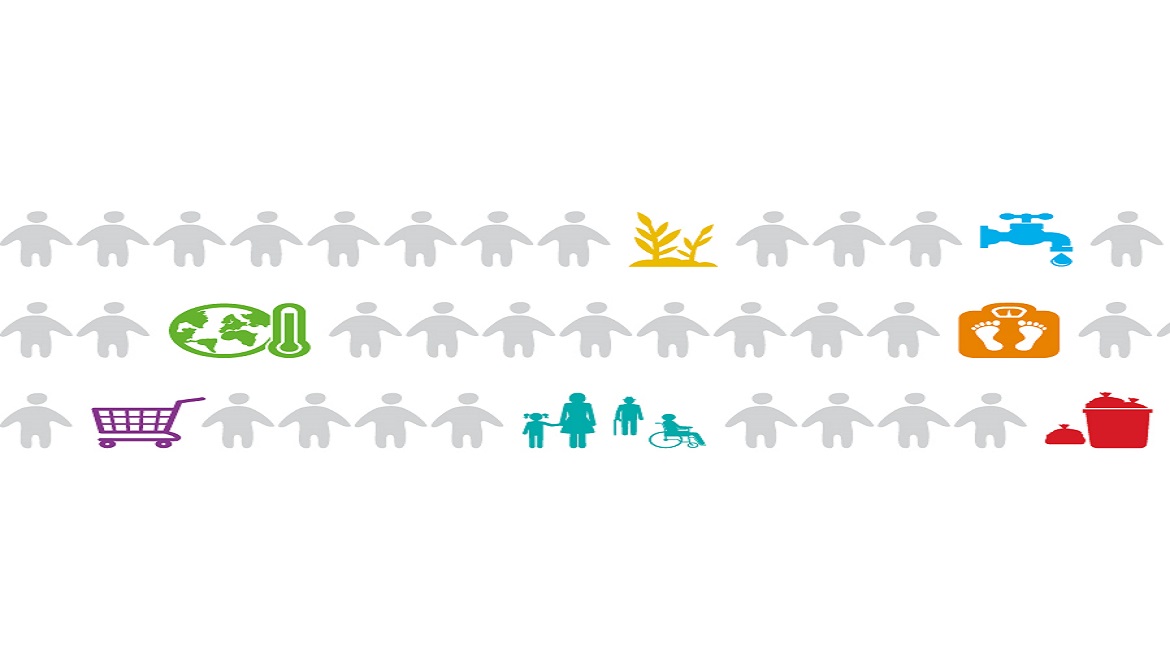We know that controlling the international spread of diseases is essential for human health, but it is just as critical for food security. Failure to tackle Invasive Alien Species (IAS) – microbes, insects and plants introduced to new regions, through human activities – can have a devastating impact on global food production.
A few illustrations outline the extent of the problem. Rice blight destroys the equivalent of food for 60 million people each year, and in Africa, the groundnut rosette virus has resulted in 15 epidemics since its introduction with losses of up to £200 million per epidemic. The accidental introduction into Africa of the cassava green mite and the cassava mealybug resulted in yield losses of 13-80% and about 80%, respectively. At a global level, invasive plant diseases reduce attainable yield of rice, maize, wheat and potato, the four crops that comprise over 60% of our food supply by 11–16% annually.
The introduction of non-native species poses a threat to farmers in the developed and developing worlds alike. Introduced to new regions with no natural enemies to control them, invasives can overrun vast areas of productive pastureland, infest crops, poison livestock, harm people and, in some cases, force people from their land. It’s estimated that in 2001 the impact and cost of managing IAS globally accounted for US$1.4 trillion annually or 5% of annual global GDP (Pimentel et al., 2001). Put in context, this was double the annual GDP for the whole of the African continent in that year.
Pests, in general, pose one of the biggest threats to food security on the planet. Yield losses for selected crops as a result of pest damage in West and East Africa could be in excess of 80% without any management interventions. Despite the use of pesticides and other control methodologies, farmers in these regions still lose 50% of their potential yield in crops such as maize, barley, potatoes, rice, soybean and others (Oerke, 2006). Weeds generally contribute more to yield losses than other groups of pests. It’s estimated that introduced weeds in crops and pastures in the USA, United Kingdom, South Africa, India and Brazil result in economic losses of almost US$95 billion per annum (Pimentel et al., 2001).
Ironically, crop losses due to pests have not significantly decreased during the last 60 years despite a clear increase in pesticide use (Oerke, 2006). Currently, more than three million metric tons of pesticides are applied globally each year, having direct and indirect impacts on human health. It’s estimated that pesticide use between 2005 and 2020 could cost sub-Saharan Africa US$90 billion in illness. Other than the non-target impacts of pesticides, there’s also obvious concern about the fact that 520 insect and mite species, nearly 150 plant pathogens and about 273 weed species are now resistant to pesticides.
Feeding a growing global population and protecting the natural resources we depend on clearly won’t be achieved by using pesticides alone.
But how can we produce sufficient, safe and nutritious food? Prevention is better than cure so stopping the arrival of potential pests in the first place is key – having better plant biosecurity systems and undertaking proper Pest Risk Analysis is essential. Where invasive species have already been introduced, and are widespread, the introduction of host specific and damaging natural enemies can help limit their abundance and spread. Natural or Classical Biological Control (CBC) and Integrated Pest Management (IPM) have been very effective in controlling pests and reducing pesticide use and, as such, should be promoted and embraced by donors and development agencies alike.
Biological control has been successful in the management of pests throughout the world with success rates of more than 80% in many countries. Benefit-cost ratios have been positive in the most cases. For example, the benefit-cost ratio of the biological control of cassava mealybug in Africa was 149:1 while that for the golden wattle (Acacia pycnantha) in South Africa was a staggering 4331:1. In Australia, every dollar invested in weed biocontrol yielded a return of A$23.10. In Benin in West Africa, the reduction of the invasive aquatic weed, water hyacinth, using biological control was credited with an increase in income for local communities of US$30.5 million per year. IPM has also proven to be successful. For example, the Indonesian government saved $120 million in the first two years of adopting IPM as a national strategy.
It’s self-evident that invasive species pose a real and significant threat to food production and livelihoods globally, but especially in the developing world. Enhancing pest management by increasing pesticide use is not sustainable and, as such, it’s critical that other methodologies be further developed and embraced. CBC and IPM offer the only long-term and sustainable options for pest management and a significant tool in the fight against invasive species.
* EC Oerke, 2006, Crop losses to pests. Journal of Agricultural Science
Dr Arne Witt, Regional Coordinator, Invasive Species at CABI will be speaking at The Economist Events' Feeding The World 2015.
The views and opinions expressed in this article are those of the authors and do not necessarily reflect the views of The Economist Intelligence Unit Limited (EIU) or any other member of The Economist Group. The Economist Group (including the EIU) cannot accept any responsibility or liability for reliance by any person on this article or any of the information, opinions or conclusions set out in the article.




